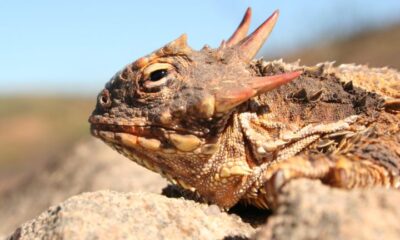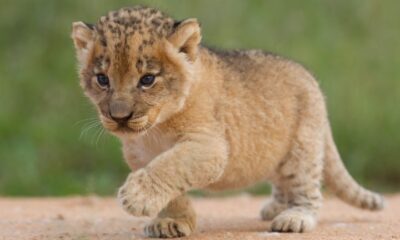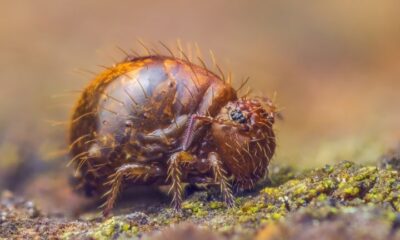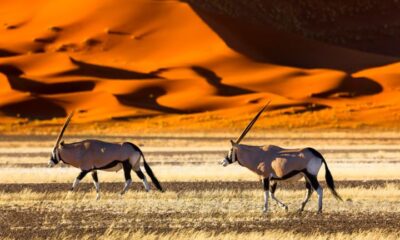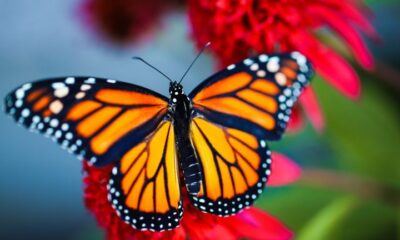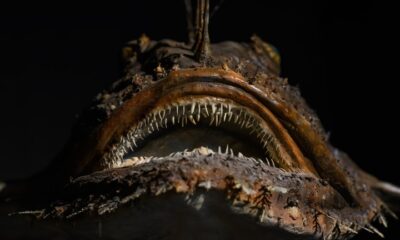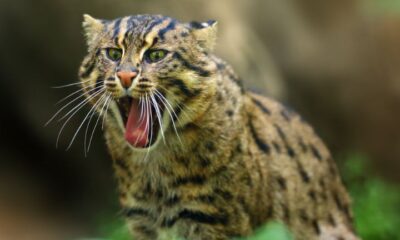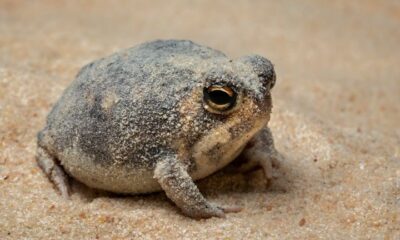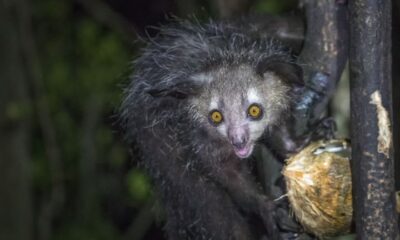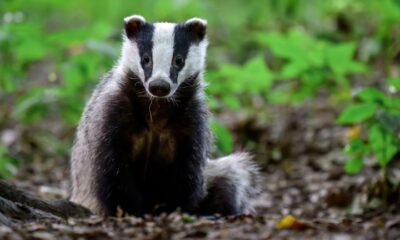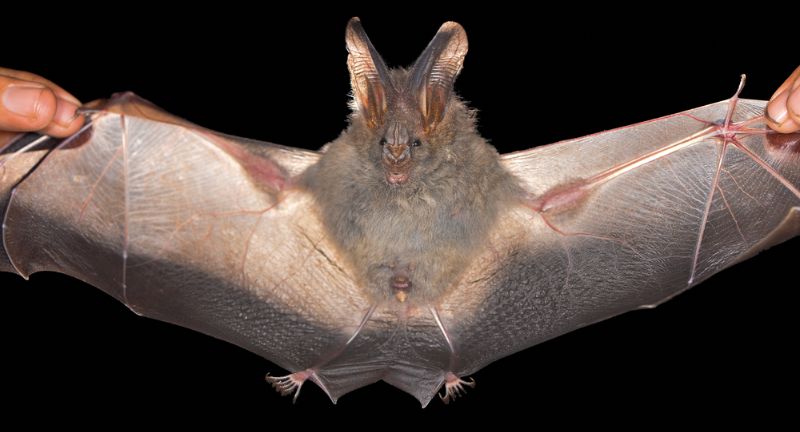
Shutterstock
Nature, while breathtaking, is also home to some of the most terrifying forces and creatures on the planet. From deadly natural disasters to fearsome predators lurking in the wilderness, the world around us can be as dangerous as it is beautiful. These encounters remind us of the raw power and unpredictability of the environment, and they serve as humbling examples of how small we are in the grand scheme of things. Whether it’s a sudden volcanic eruption or a venomous creature that can kill with a single bite, the natural world is filled with things that can instill fear. Join us as we explore 30 of the most terrifying aspects of nature.
Volcanic Eruptions
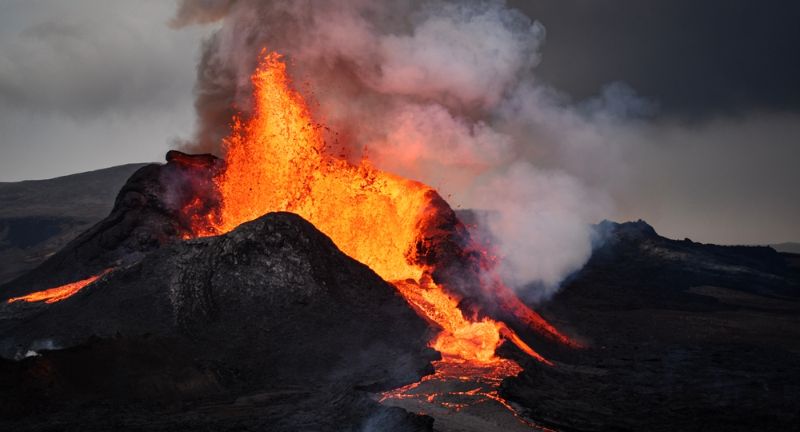
Shutterstock
Volcanic eruptions are one of nature’s most destructive and awe-inspiring events. The power of a volcano lies in its ability to spew molten lava, ash, and toxic gases into the atmosphere. When a volcano erupts, it can cover surrounding areas in a thick blanket of ash, damaging homes, landscapes, and even causing long-term climate changes. Despite their deadly force, volcanoes remain some of the most fascinating natural phenomena on Earth.
Tornadoes

Shutterstock
Tornadoes are fearsome natural disasters known for their unpredictability and devastating impact. With winds reaching up to 200 mph, these swirling vortexes can obliterate entire communities in mere moments. The path of destruction left by a tornado is often heartbreaking, with homes, vehicles, and even massive trees reduced to rubble. Their sudden onset makes them even more terrifying, giving people little time to seek shelter or safety.
Earthquakes

Shutterstock
Earthquakes strike without warning, shaking the ground and causing buildings and infrastructure to collapse. The trembling earth disrupts lives in seconds, leaving people in panic as structures fall apart around them. Aftershocks often follow the initial quake, further terrorizing communities. The true terror of an earthquake lies in its unpredictable nature, as there’s no way to foresee when the next one will hit.
Tsunamis

Shutterstock
Tsunamis are enormous waves triggered by underwater seismic activity or volcanic eruptions. They begin innocently, but once they reach shallow waters near the coast, they surge upward into massive walls of water. These waves have the power to sweep away entire towns and cities, leaving nothing but wreckage in their wake. With little warning, people are often left with only minutes to evacuate, making tsunamis one of the most terrifying threats from the sea.
Sinkholes
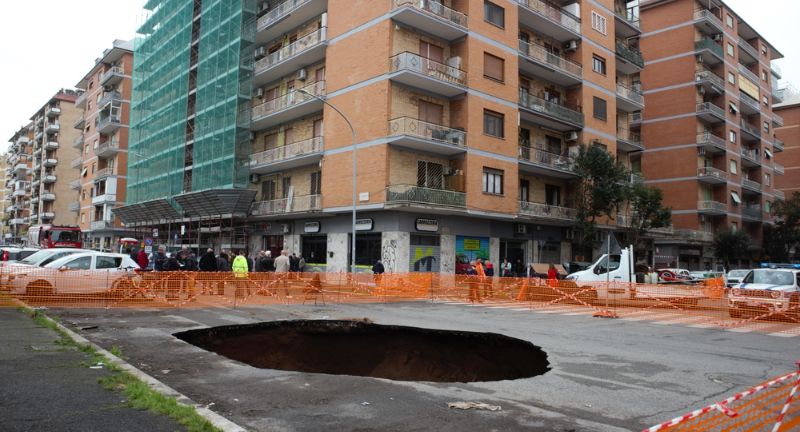
Shutterstock
Sinkholes form when underground water erodes bedrock, causing the ground to collapse without warning. Entire houses, streets, and cars can disappear into these sudden voids. The sight of the earth swallowing structures whole is both eerie and frightening, leaving destruction behind. Sinkholes remind us that the very ground we walk on can betray us at any moment, often with devastating results.
Hurricanes

Shutterstock
Hurricanes are massive storm systems that can span hundreds of miles, bringing extreme winds and heavy rainfall. When hurricanes make landfall, they cause widespread flooding, power outages, and significant property damage. The intense force of their winds can rip apart homes and uproot trees. The aftermath often leaves communities struggling to rebuild for years, making hurricanes one of nature’s most terrifying forces.
Landslides

Shutterstock
Landslides occur when large amounts of earth, rock, or debris slide down hillsides due to heavy rains or seismic activity. These slides can obliterate roads, homes, and infrastructure, trapping people beneath the rubble. In mountainous or hilly regions, the risk of landslides after a storm is ever-present. The sheer force and speed of a landslide are terrifying, as there’s often no time to escape its path.
Avalanches

Shutterstock
Avalanches are sudden and deadly, as huge amounts of snow and ice rapidly descend down mountain slopes. They can sweep away anything in their path, including people, trees, and even vehicles. The noise alone can cause avalanches to start, trapping hikers and climbers under tons of snow. Their unpredictability and speed make them one of the most feared natural hazards in mountainous regions.
Lightning Strikes
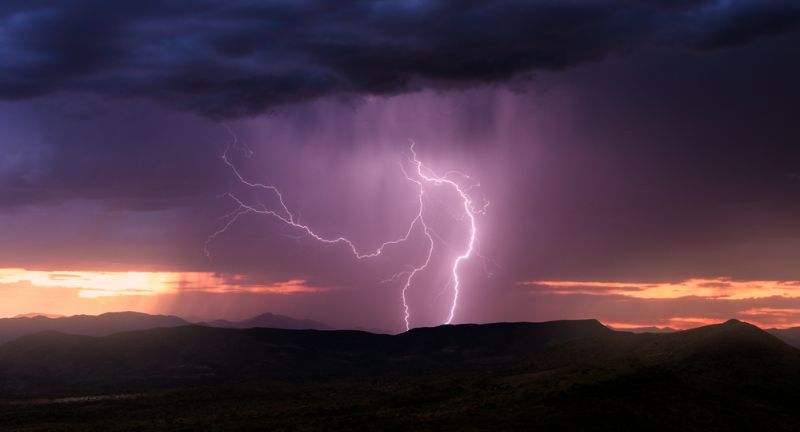
Shutterstock
Lightning strikes are one of nature’s most powerful forces, capable of delivering a sudden shock of electricity that can cause fires and fatalities. Striking at speeds faster than the blink of an eye, lightning can target trees, buildings, or people. The impact is not only physically destructive but psychologically jarring. A single bolt can split trees in half, set buildings aflame, and leave scars on the land and in people’s memories.
Flash Floods

Shutterstock
Flash floods can develop in minutes, turning serene landscapes into raging torrents of water. They often follow intense rainfall, which causes rivers and streams to overflow their banks. The speed and power of flash floods can sweep away cars, homes, and even entire bridges, leaving people little time to react. The sudden surge of water, often filled with debris, can be deadly for anyone caught in its path.
Sharks

Shutterstock
Sharks, especially the great white, are some of the most feared creatures in the ocean. Their powerful jaws and sharp teeth make them apex predators capable of inflicting fatal bites. While attacks on humans are rare, the fear of what lurks beneath the surface is a primal terror. Sharks have been the subject of myths, movies, and nightmares, cementing their place as one of the ocean’s most terrifying inhabitants.
Crocodiles

Shutterstock
Crocodiles are ancient predators, and their stealth and power make them deadly. They silently stalk their prey, lurking in shallow waters until the right moment to strike. When they do, their speed is shocking, and their strong jaws snap shut with a force that can crush bone. Their infamous death roll, where they spin their prey underwater, adds to their terrifying reputation.
Box Jellyfish
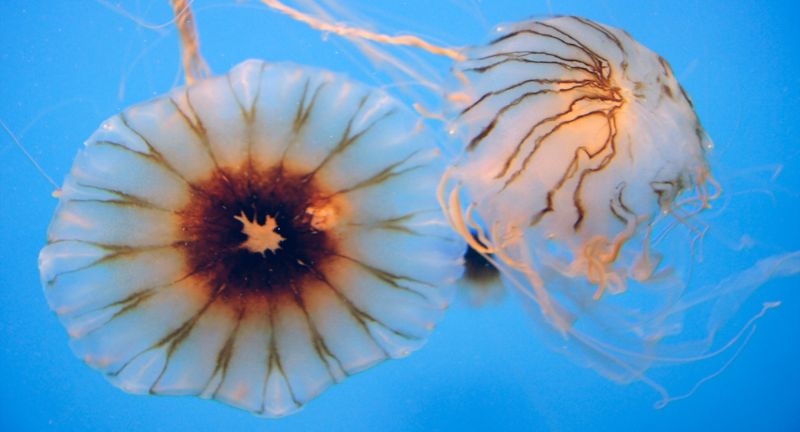
Shutterstock
Box jellyfish are among the deadliest creatures in the ocean, delivering venom potent enough to stop the heart in minutes. Their transparent bodies make them difficult to spot, adding to their danger. Found primarily in the waters of Australia and Southeast Asia, these jellyfish have tentacles that carry toxins capable of paralyzing their victims. The sting is excruciating, and without immediate treatment, can be fatal.
Piranhas
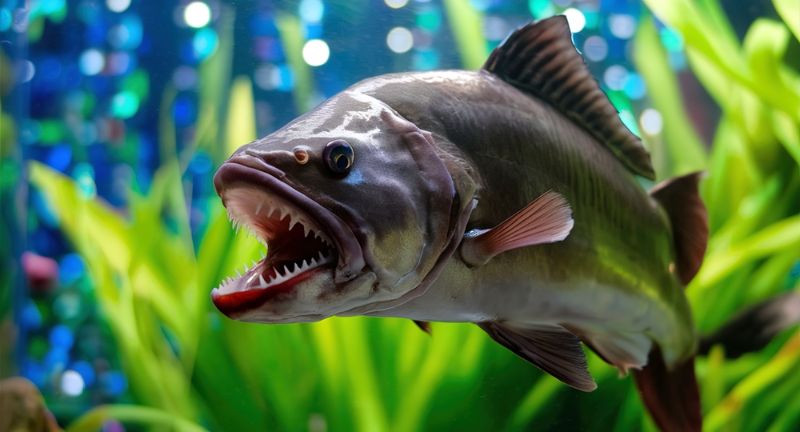
Shutterstock
Piranhas, notorious for their razor-sharp teeth and feeding frenzies, are feared for their ability to strip large prey in minutes. While attacks on humans are rare, the sight of a group of piranhas can be unnerving. They live in the rivers of South America and often hunt in packs, making them more intimidating. Their reputation for aggression, coupled with their carnivorous diet, has earned them a fearsome spot in nature’s gallery of terrors.
Poison Dart Frogs
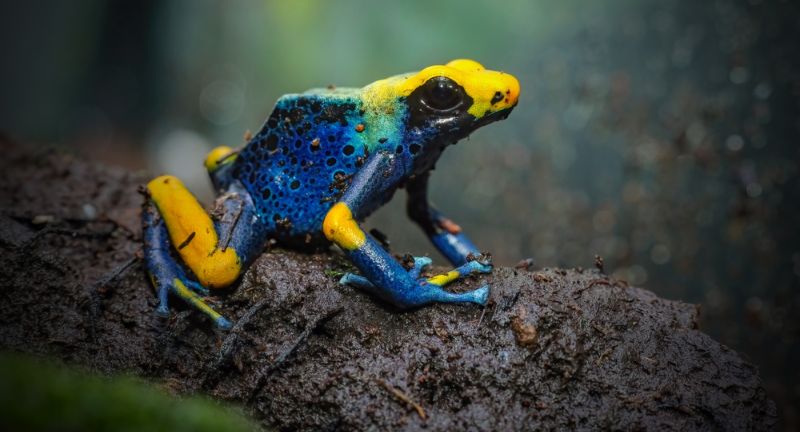
Shutterstock
Poison dart frogs may look vibrant and beautiful with their bright colors, but their skin contains potent toxins. Indigenous tribes have used the toxins from these frogs on their blow darts, hence their name. A single frog carries enough poison to kill several humans or large animals. Their deadly toxins, coupled with their deceptive appearance, make them one of the most dangerous amphibians in the world.
Black Mambas
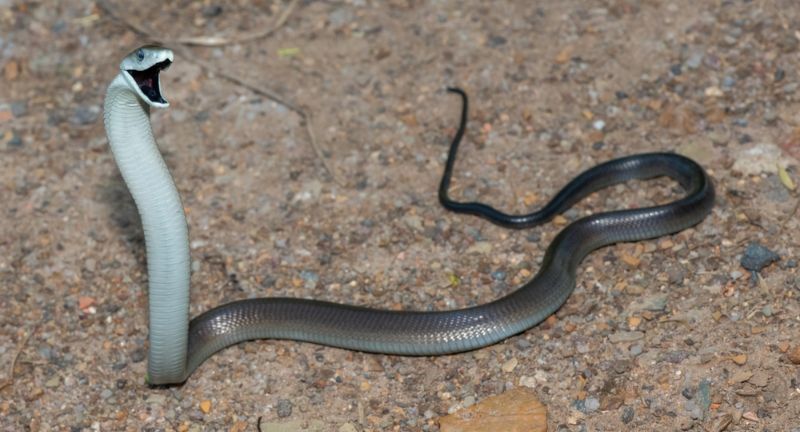
Shutterstock
Black mambas are known as one of the deadliest snakes on the planet, not only for their highly toxic venom but also for their speed. Capable of slithering up to 12 mph, these snakes can deliver multiple bites in quick succession, each one loaded with venom that can kill within hours. Found in sub-Saharan Africa, black mambas inspire fear due to their aggressive behavior when cornered. They can strike repeatedly, injecting enough neurotoxin to paralyze their prey and stop their heart.
Fire Ants
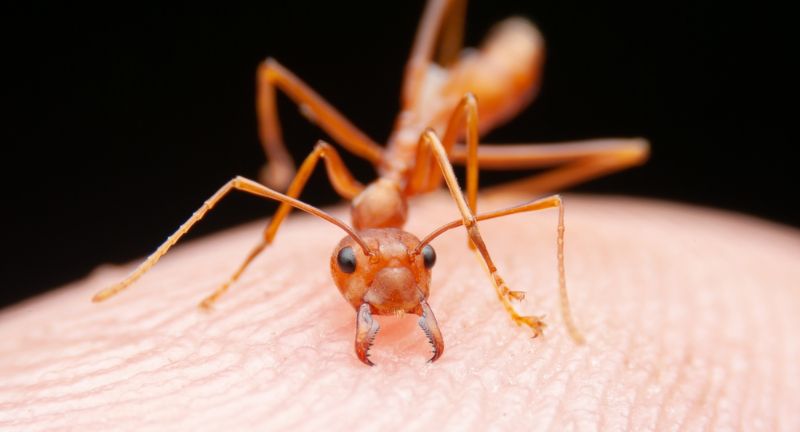
Shutterstock
Fire ants are notorious for their painful, burning sting, which can cause intense discomfort and even allergic reactions in some cases. When disturbed, fire ants swarm and attack en masse, leaving their victims covered in painful welts. Their aggressive nature and ability to quickly invade areas make them a frightening presence in fields, parks, and even backyards. The mere sight of a fire ant mound can send chills down anyone’s spine, knowing what’s lurking below the surface.
Bullet Ants
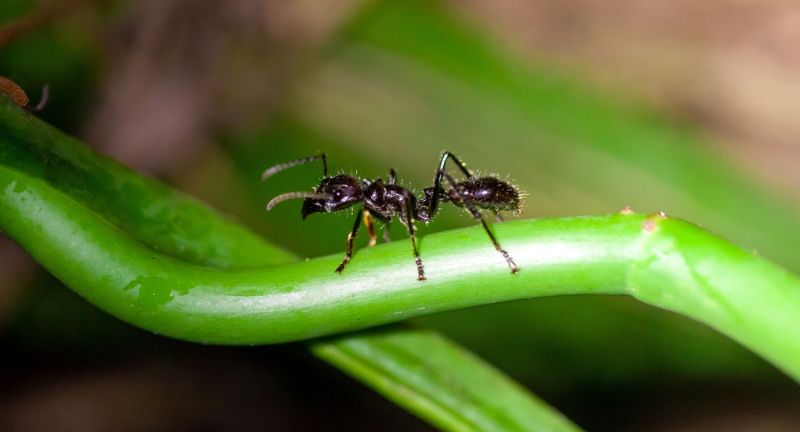
Shutterstock
Bullet ants are infamous for having the most painful sting of any insect, often described as feeling like being shot with a bullet. Native to the rainforests of Central and South America, these ants deliver a venomous sting that can cause hours of unbearable pain. The pain is so intense that local tribes use bullet ants in initiation rituals to test endurance. Their sting is not only painful but also a sobering reminder of how even small creatures can be terrifying.
Komodo Dragons
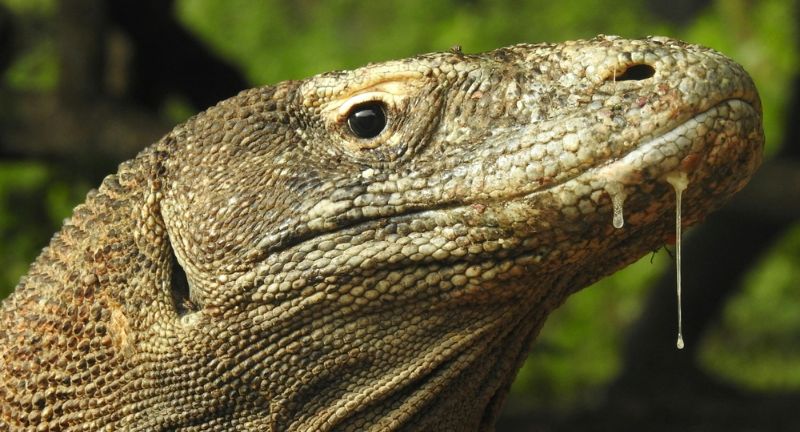
Shutterstock
Komodo dragons are the largest lizards in the world, and their bite is as fearsome as their size. These massive reptiles can reach up to 10 feet in length, and their saliva contains venom that can cause paralysis and death. They hunt by biting their prey, then waiting for the venom to take effect before devouring it. Their sheer size, power, and venomous bite make them one of the most dangerous predators in the animal kingdom.
Flesh-Eating Bacteria

Shutterstock
Flesh-eating bacteria, or necrotizing fasciitis, can turn a small wound into a life-threatening infection in hours. These bacteria, often found in warm coastal waters, attack the body’s soft tissue, causing rapid decay. The infection can spread quickly, sometimes requiring amputations or leading to death if not treated immediately. The horror of flesh-eating bacteria lies in how fast it works, often before the victim even realizes they’re infected.
Giant Squid
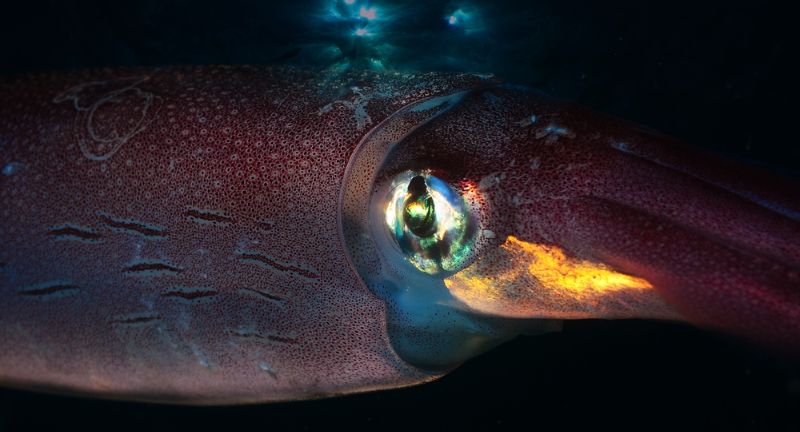
Shutterstock
Giant squids are elusive, deep-sea creatures that can grow up to 43 feet in length. Their large, tentacled bodies and mysterious nature make them a source of fascination and fear. Rare encounters with these enormous creatures in the ocean have inspired countless tales of sea monsters. With powerful tentacles covered in suction cups, giant squids have the strength to drag large prey—and even humans—into the ocean’s depths.
Wolves

Shutterstock
Wolves are powerful pack animals, and while they typically avoid humans, their predatory nature is formidable. Their eerie howls echoing through the night can strike fear into anyone nearby, especially in remote areas. When hunting in packs, wolves display incredible coordination, taking down large prey like deer or elk with efficiency. Although attacks on humans are rare, wolves’ strength and pack mentality make them a symbol of nature’s raw, untamed power.
Brown Recluse Spiders
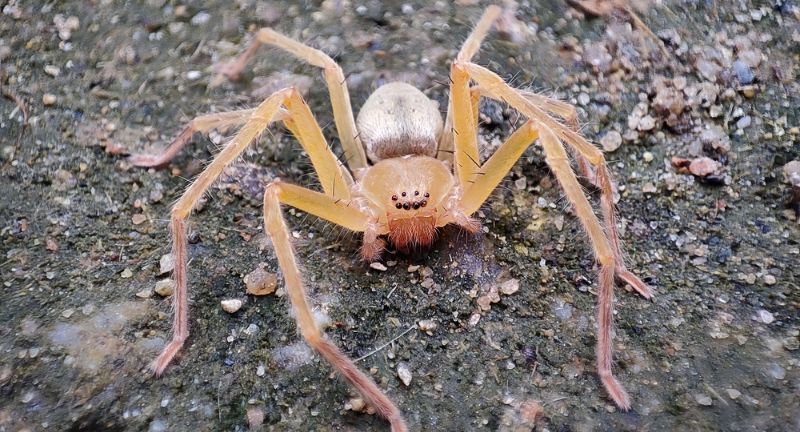
Shutterstock
Brown recluse spiders are small but incredibly dangerous due to their venomous bite, which can cause necrosis—or the death of living tissue. A bite can result in painful, slow-healing ulcers that may require surgical intervention. These spiders are shy and tend to hide in dark, undisturbed places, making accidental encounters more likely. The fear of their bite lies in the horrifying damage it can cause, often with victims not realizing they’ve been bitten until it’s too late.
Polar Bears

Shutterstock
Polar bears are the largest land carnivores, and they are fearsome predators, capable of hunting seals and humans alike. Living in the Arctic, they are strong swimmers and can traverse large ice expanses to find their next meal. Polar bears are known for their sheer power and endurance, with the ability to take down prey much larger than themselves. The isolation of their habitat makes encounters rare, but when they do occur, polar bears are relentless in their pursuit of food.
Cape Buffalo
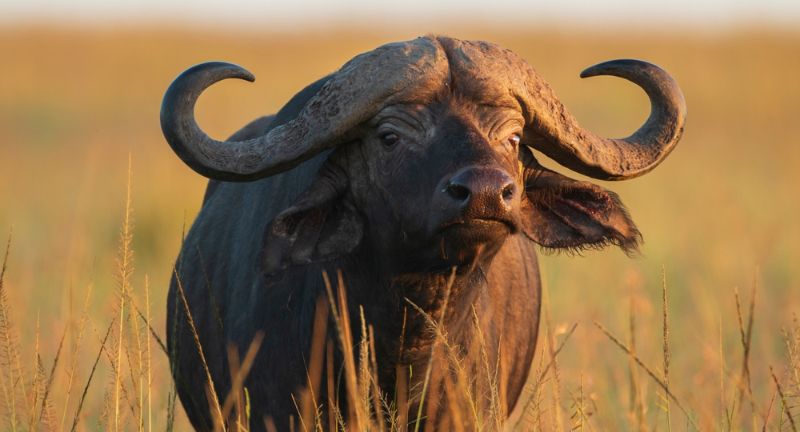
Shutterstock
Cape buffalo are often considered one of Africa’s most dangerous animals due to their unpredictable and aggressive nature. Weighing up to 2,000 pounds, these massive herbivores will charge without provocation when threatened, even attacking vehicles. They have earned a reputation for being fearless, and many hunters consider them one of the most difficult and dangerous animals to hunt. Their brute strength and tenacity make them terrifying to encounter in the wild.
Tarantulas

Shutterstock
Tarantulas are large, hairy spiders that evoke fear due to their size and intimidating appearance. While they are generally harmless to humans, their slow, deliberate movements and potential to deliver a painful bite make them a symbol of arachnophobia. Found in warm climates around the world, tarantulas feed on insects, birds, and small mammals. Their imposing presence alone can send shivers down the spine, making them one of the most feared spiders.
Vampire Bats

Shutterstock
Vampire bats feed on the blood of other animals, a behavior that has earned them a terrifying reputation. These small, nocturnal creatures use their sharp teeth to make small incisions in their prey’s skin, lapping up the blood. While they rarely bite humans, their association with rabies and other diseases adds to their fear factor. The thought of a blood-sucking animal flying in the dark and feeding off unsuspecting creatures is enough to make anyone’s skin crawl.
Rogue Waves

Shutterstock
Rogue waves are colossal, unpredictable ocean waves that can reach heights of over 100 feet. These waves appear suddenly, often without warning, and have the power to capsize ships and sink them instantly. Sailors and marine explorers fear rogue waves because of their sheer destructive force and the fact that they defy normal ocean patterns. Being caught in one can spell disaster for even the most experienced sea crews.
Blood Falls in Antarctica
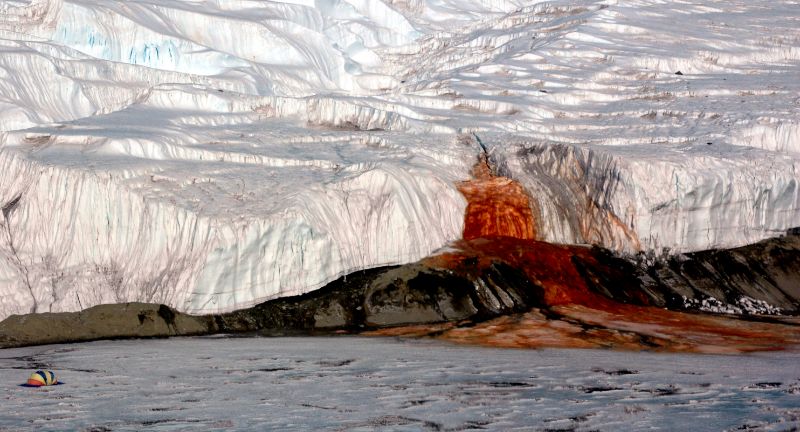
Wikipedia
Blood Falls in Antarctica is a haunting natural phenomenon where iron-rich water seeps from a glacier, staining the ice red. The sight of what appears to be blood flowing across the pristine white landscape is unsettling and mysterious. The eerie red stream is caused by the oxidation of iron in the saltwater, but its striking appearance has led to many myths. This chilling scene stands as a reminder of the strange and terrifying beauty hidden in the far reaches of our planet.
Mass Animal Migrations
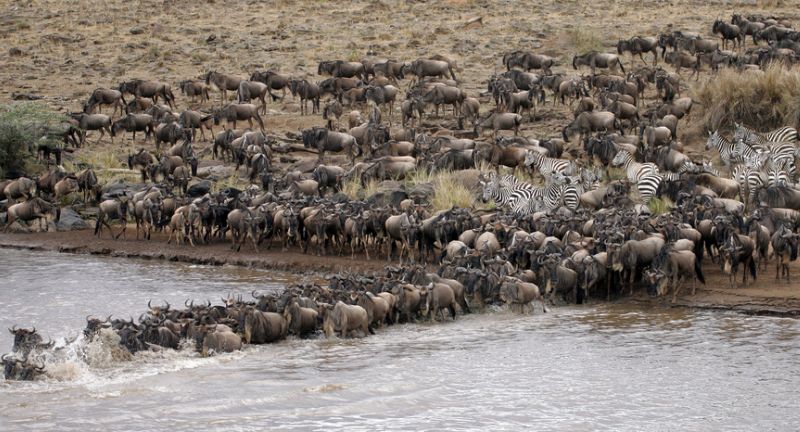
Shutterstock
Mass animal migrations are awe-inspiring, but they can also be a terrifying spectacle of survival. Wildebeest, for example, migrate by the thousands across dangerous rivers filled with crocodiles. The chaotic stampede, combined with the ever-present danger of predation, creates a scene of nature’s raw, unforgiving power. Watching animals fight for survival, where only the strong make it through, is both harrowing and mesmerizing.
Conclusion
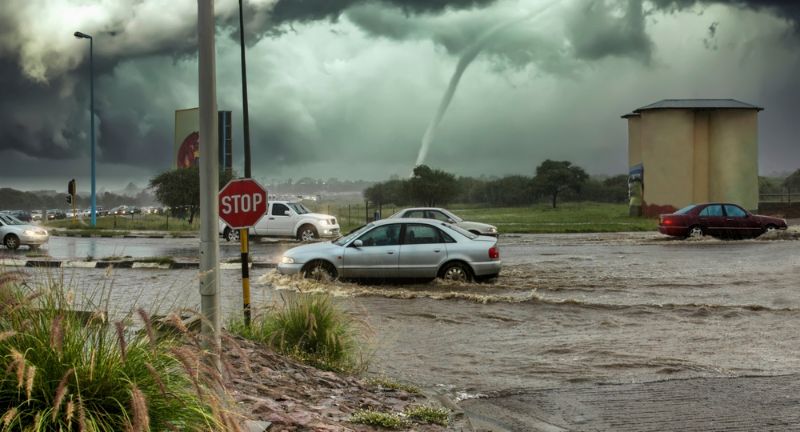
Shutterstock
While nature’s beauty is awe-inspiring, it’s important to remember that the world we live in can be just as dangerous. From towering waves to venomous creatures, the planet is full of unpredictable and terrifying forces that can strike without warning. Yet, these very elements of fear also showcase the incredible power and diversity of life on Earth. As we continue to explore and learn from nature, it’s crucial to respect and prepare for its more dangerous side. After all, surviving in such a wild and powerful world is a reminder of the resilience of life itself.
































